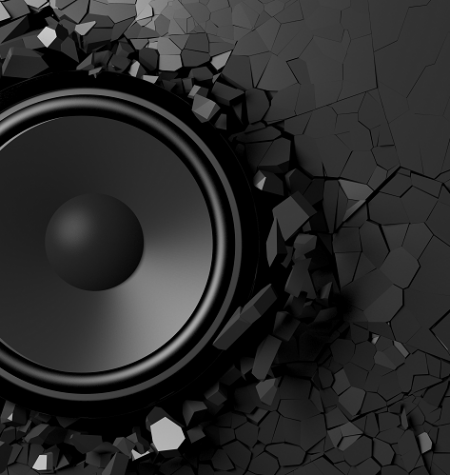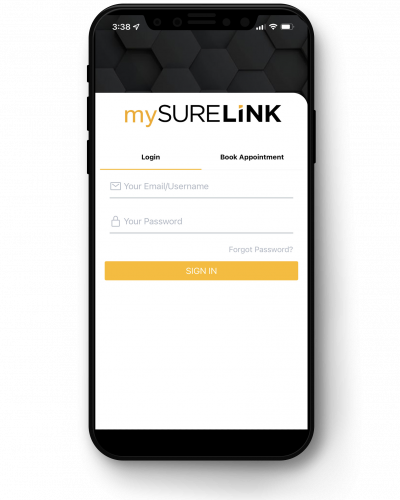
About Hearing Tests
Hearing tests, also known as audiometric tests or audiograms, measure an individual’s ability to hear sounds at different pitches and intensities. Hearing loss is common on worksites where impact noise and excessive noise exposure exists. Unfortunately, hearing loss due to excessive noise exposure can be hard to detect as the loss is gradual and is usually not recognized by the worker until their ability to communicate with others is affected. Detection of hearing loss can be accomplished through baseline and periodic audiometric testing.
- Baseline Audiometric Testing | Conducting baseline audiometric testing allows you to take a pulse of your employees’ overall hearing performance. This allows you to make more informed decisions and to be proactive about your worker’s health and safety on the job.
- Periodic Audiometric Testing | Sending your workers for regular audiograms to measure changes or deterioration in their hearing abilities is key. If a fluctuation is detected, you can make the changes necessary to avoid future deterioration of your workers’ health and costly WCB claims.
Noise-induced hearing loss (NIHL) significantly decreases a workers’ ability to clearly communicate with others, leading to increased safety risks for everyone on the job. SureHire offers custom moulded ear protection to safeguard against NIHL. Learn more.
Test Types
The sounds we hear are measured scientifically according to both intensity and pitch.
- Intensity (loudness) is measured in decibels (dB), with 0 dB being defined as the quietest sound that the average human ear can hear. To give context, normal speech is around 60 dB and a gun blast can reach up to 140 dB.
- Pitch is measured in Hertz (Hz) and refers to the frequency of sound vibrations in seconds. The higher the sound, the higher the frequency of the vibrations. Human speech ranges from about 300 to 4,000 Hz with male voices on the lower end of the scale and female voices on the higher end of the scale.
SureHire uses an audiometer to complete audiometric testing. These tests assess the levels of loudness at which a person can hear different pitches of sound. To understand whether a worker’s hearing is being impaired due to job-related activities, SureHire recommends performing baseline testing prior to employment, followed by periodic testing. If there are changes in the results between tests, it is indicative of shifts in hearing acuity.
SureHire is the designated service provider for the Industrial Audiometric Testing Program (SureAudio) that is operated by Construction Labour Relations (CLR) and Electrical Contractors Association of Alberta (ECAA). For further information on this program, please contact us.
Understanding the Results
Audiometric Testing records a test participant’s current threshold, which may be affected by day-to-day noise exposure, colds, sinus infections, or other problems. Those with abnormal results will receive a letter from SureHire containing follow-up recommendations from our audiologist once a thorough review has been completed.


Checking Results
Along with testing results, SureHire will enter the employee’s audiometric history, previous and current noise exposure, and any relevant medical conditions into SureLink, our secured online results database. If the testing participant has previous audiometric testing records, SureLink will automatically link these records and a periodic comparison will be conducted.
Already have a SureLink account?
Legal Implications
Occupational Health & Safety (OHS) legislation notes that it is the employer’s responsibility to help protect employees from work-related hearing loss and to inform employees of the hearing-related hazards that they may be exposed to at the job site. Failure to provide a hearing conservation program in your workplace may result in fines and legal action.
SureHire’s Audiometric Testing Program helps employers comply with OHS legislation by using standardized equipment and protocols across the country and certified technicians. Our audiologists review results and complete follow-up with your workers as required.
FAQs
What is noise?
Noise is any unwanted sound that is measured on a decibel (dB) scale. Any loud noise exposure at work or during recreation can impact hearing health.
How much noise is too much?
Noise above 70 dB over a prolonged period of time may start to damage your hearing. Loud noise above 120 dB can cause immediate harm to your ears. Here are the decibels of some familiar sounds:
- Whisper = 30 dB
- Hand Drill = 98 dB
- Jet Engine = 140 dB
It doesn’t seem too loud. Does this mean it isn’t damaging?
How loud something sounds to you is not the same as the actual intensity of that sound. Sound intensity is the amount of sound energy in a confined space. It is measured in decibels (dB). The decibel scale is logarithmic, which means that loudness is not directly proportional to sound intensity. Instead, the intensity of a sound grows very fast. This means that a sound at 20 dB is 10 times more intense than a sound at 10 dB. Also, the intensity of a sound at 100 dB is one billion times more powerful compared to a sound at 10 dB. (CDC)
Latest Articles & Resources
Check out our latest articles and resources on audiometric testing!



